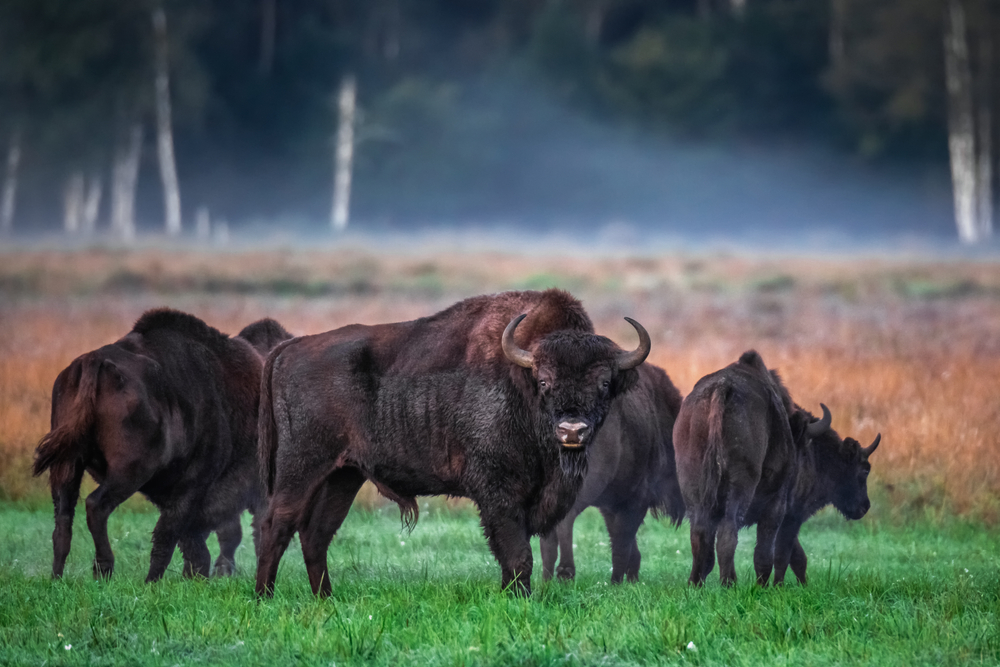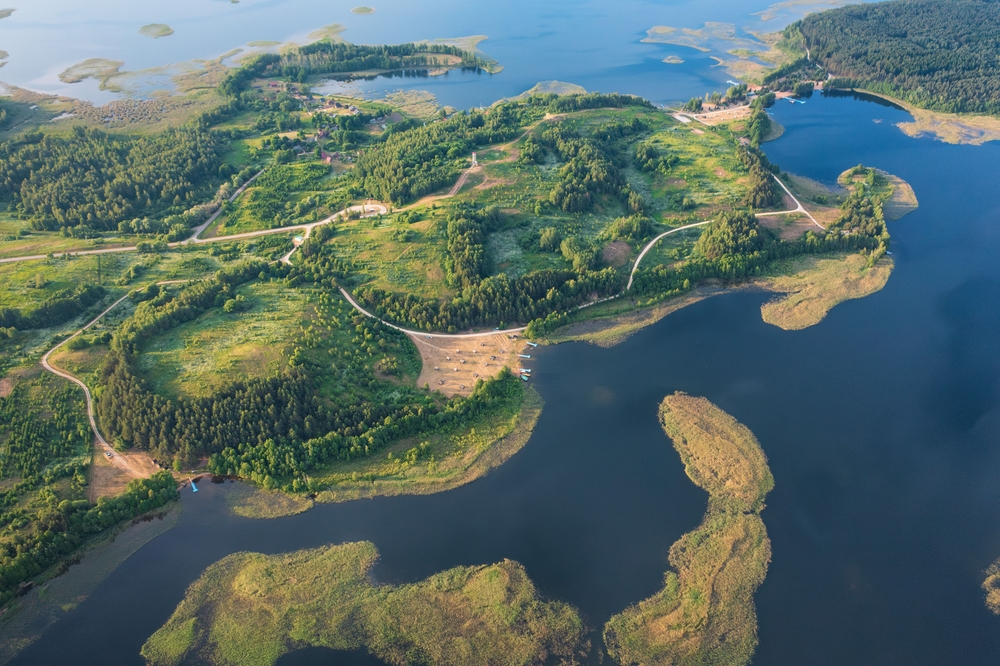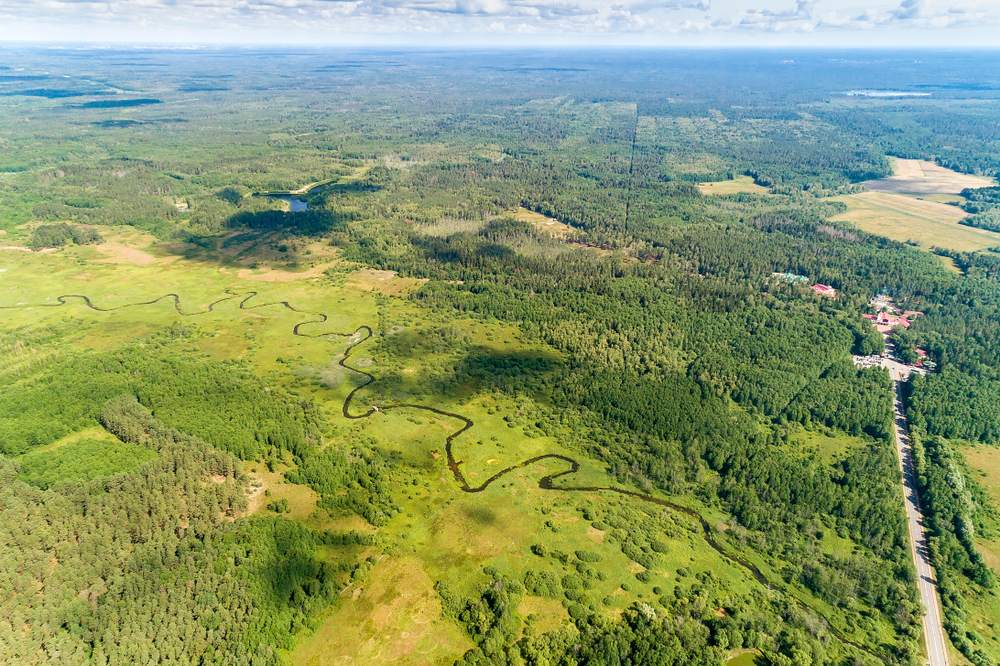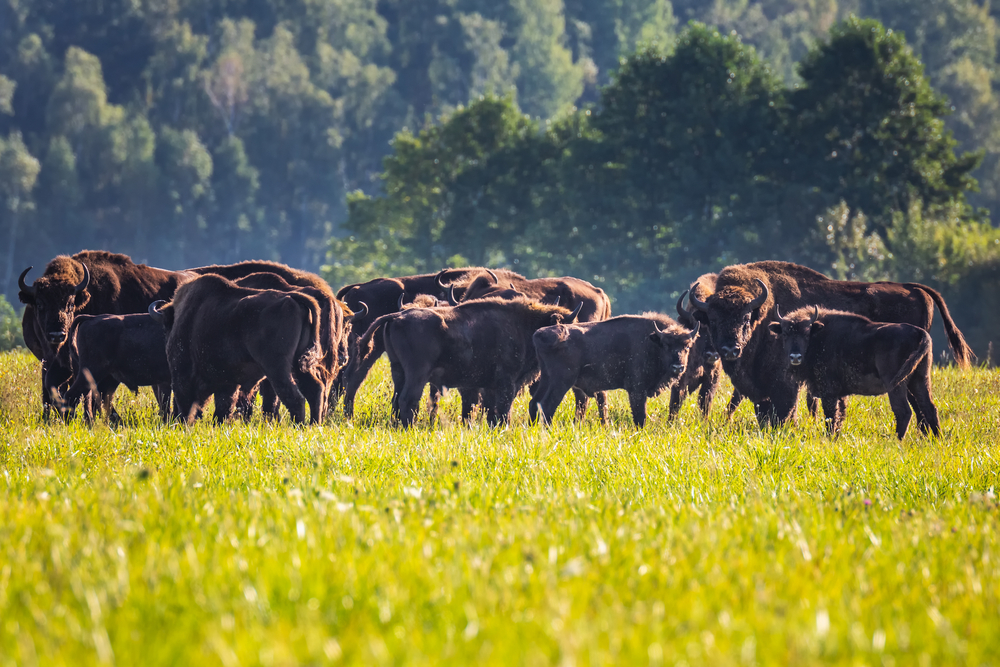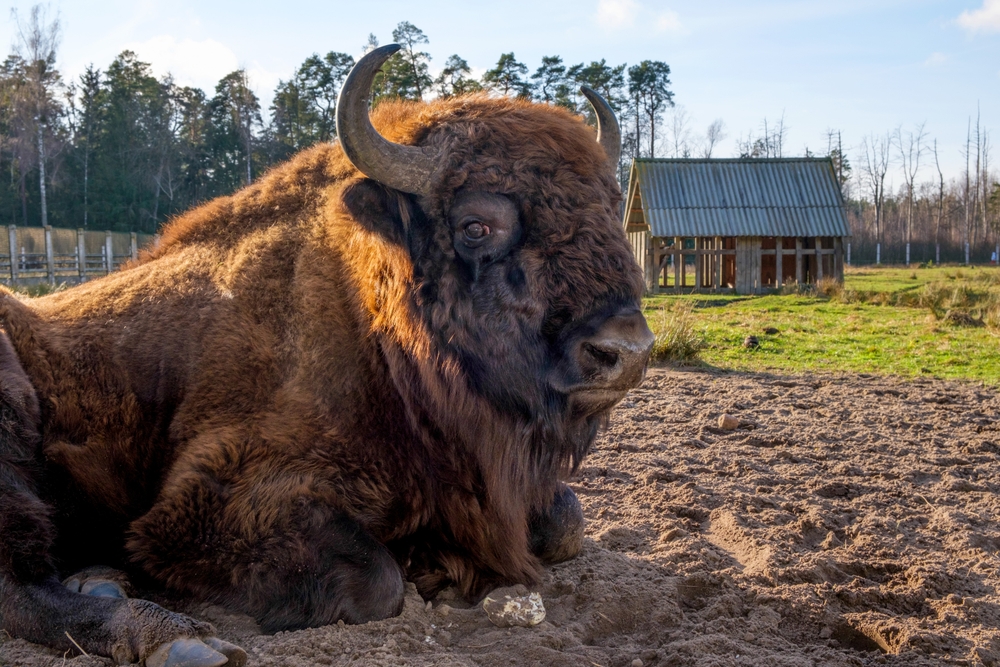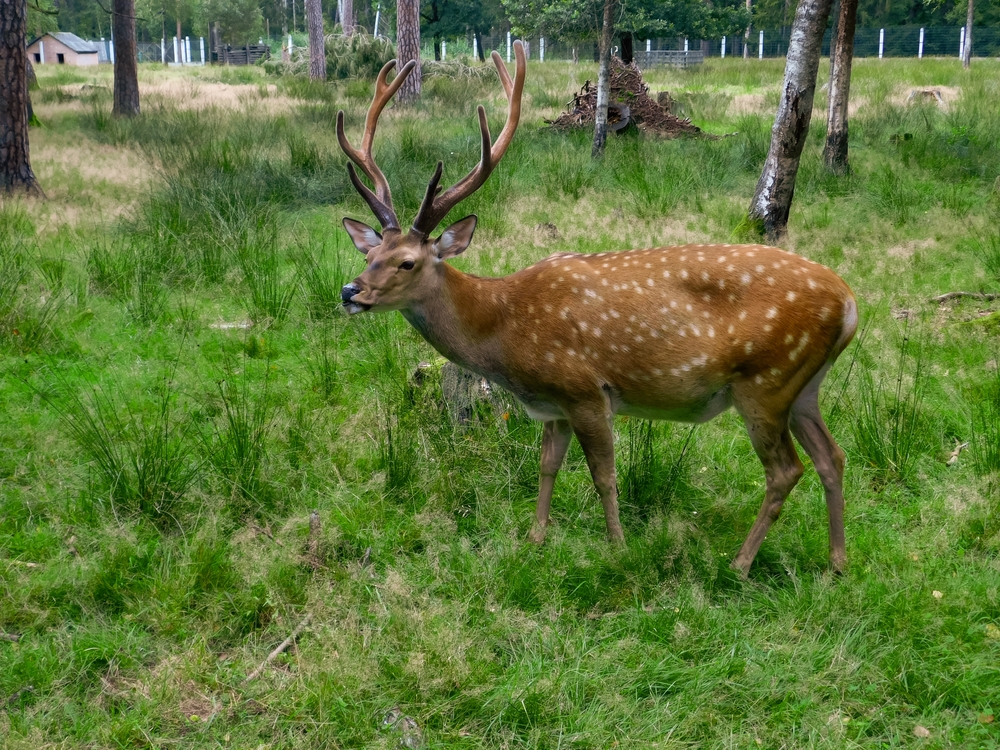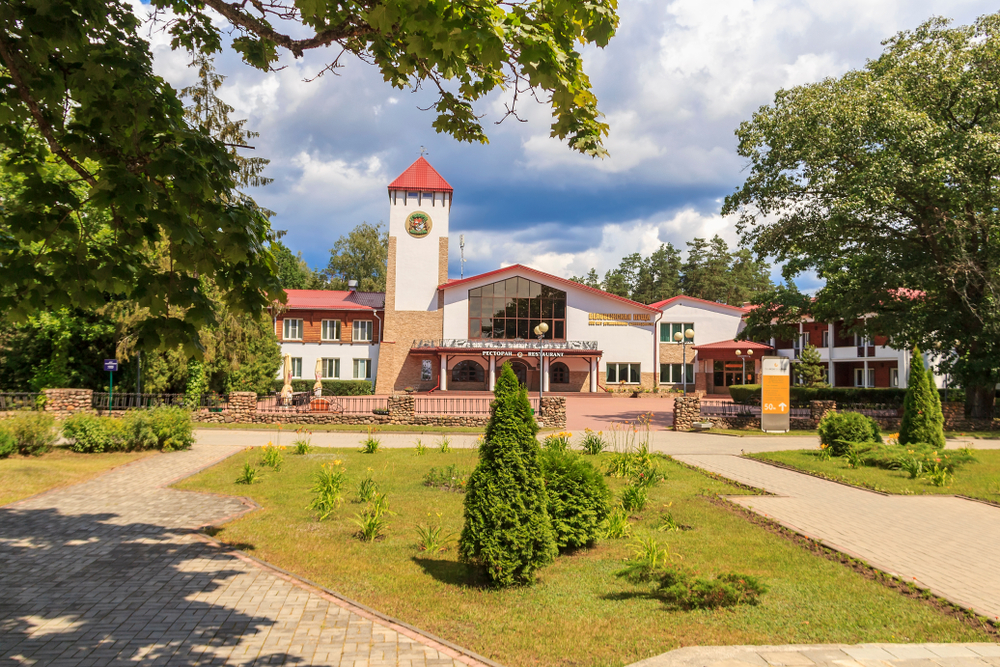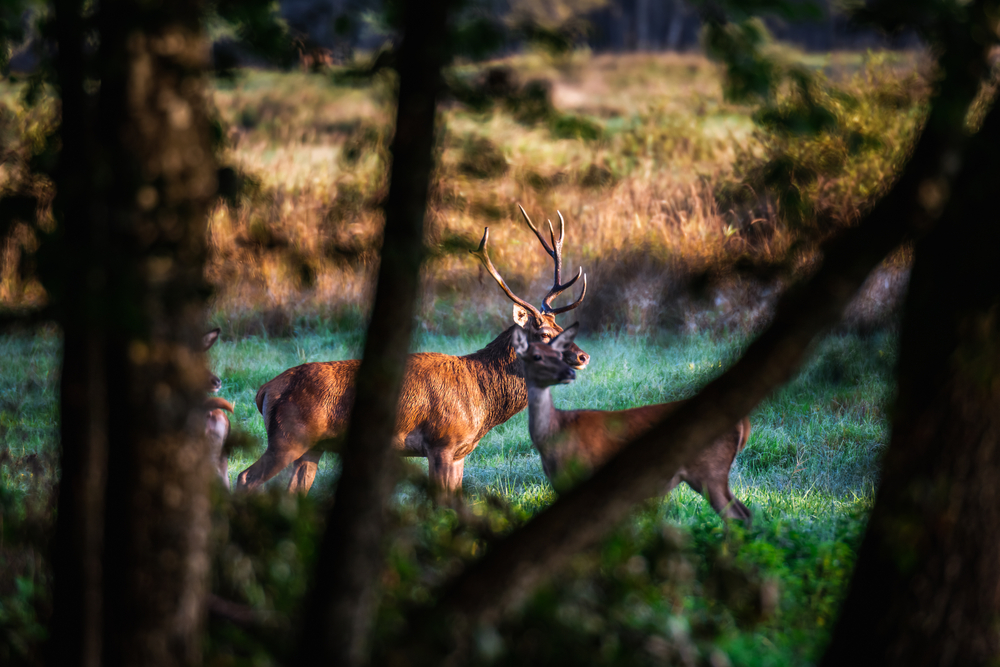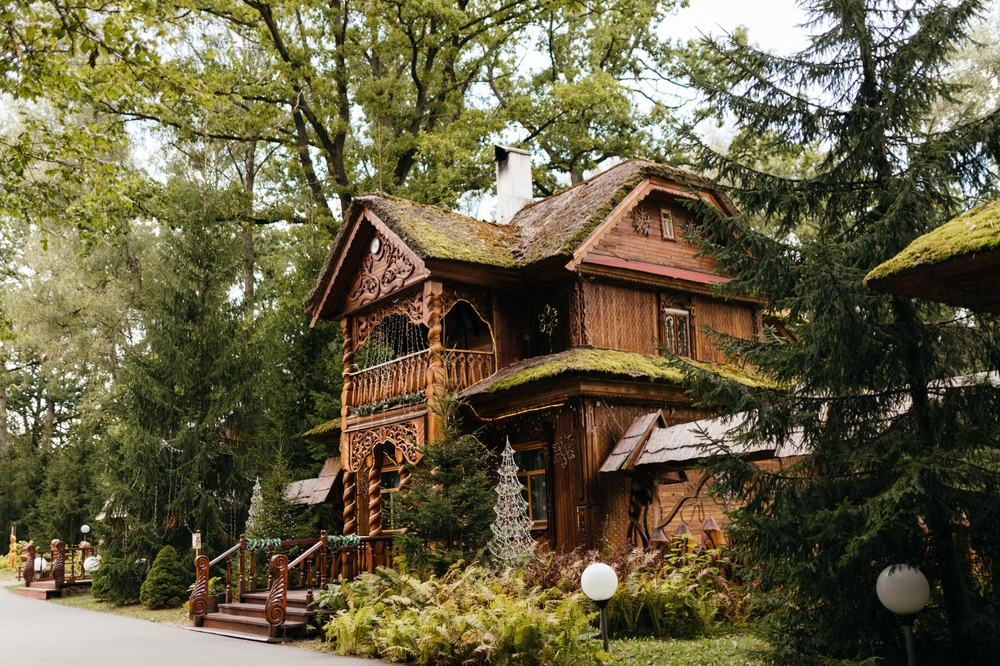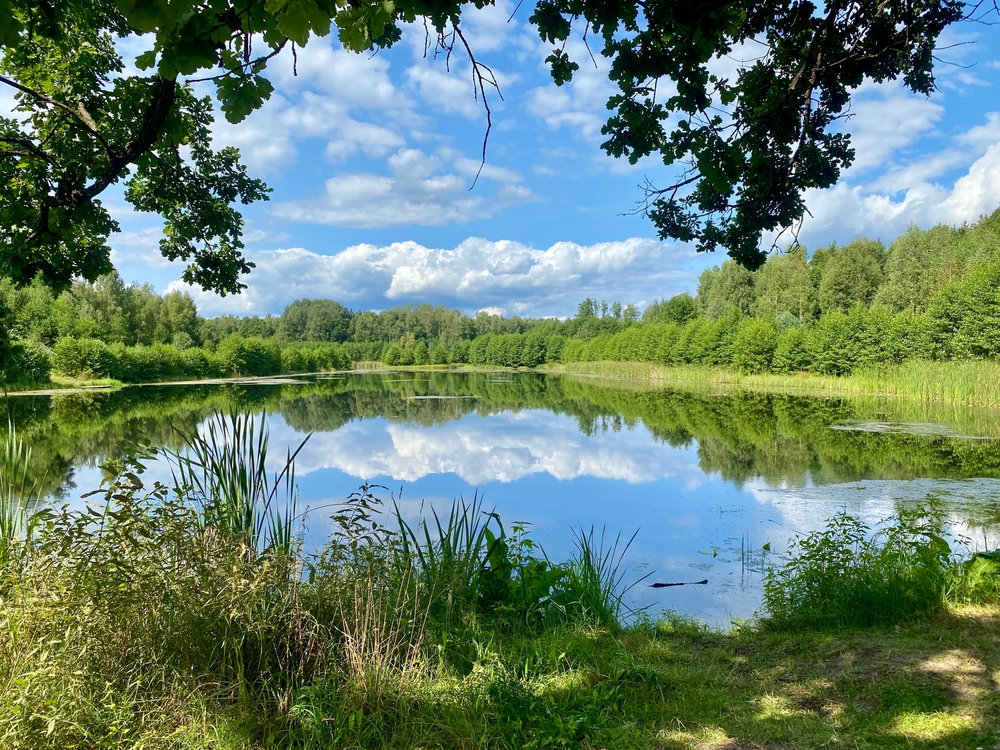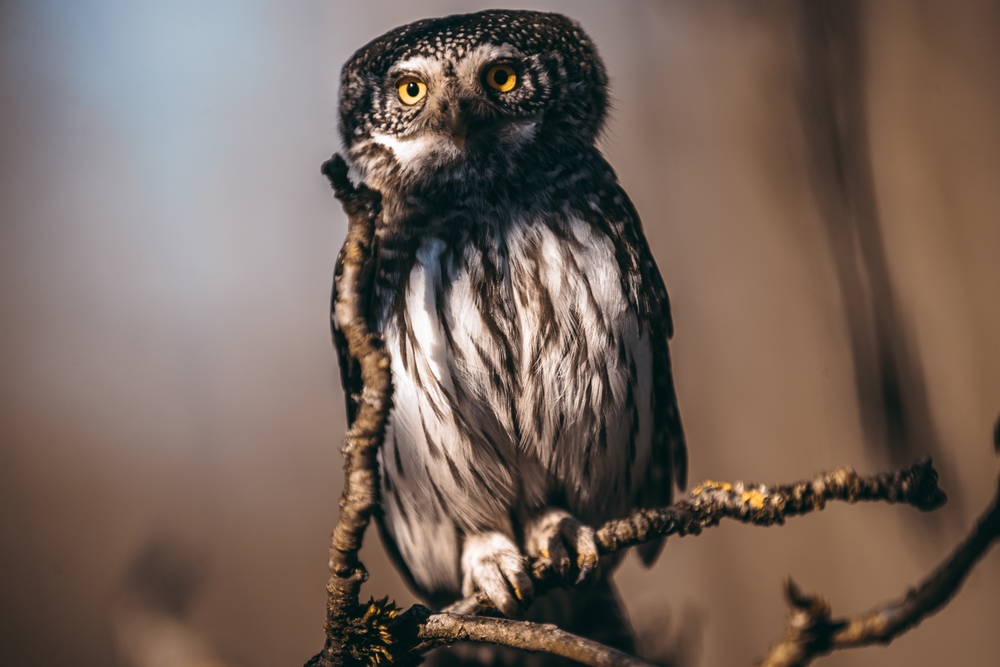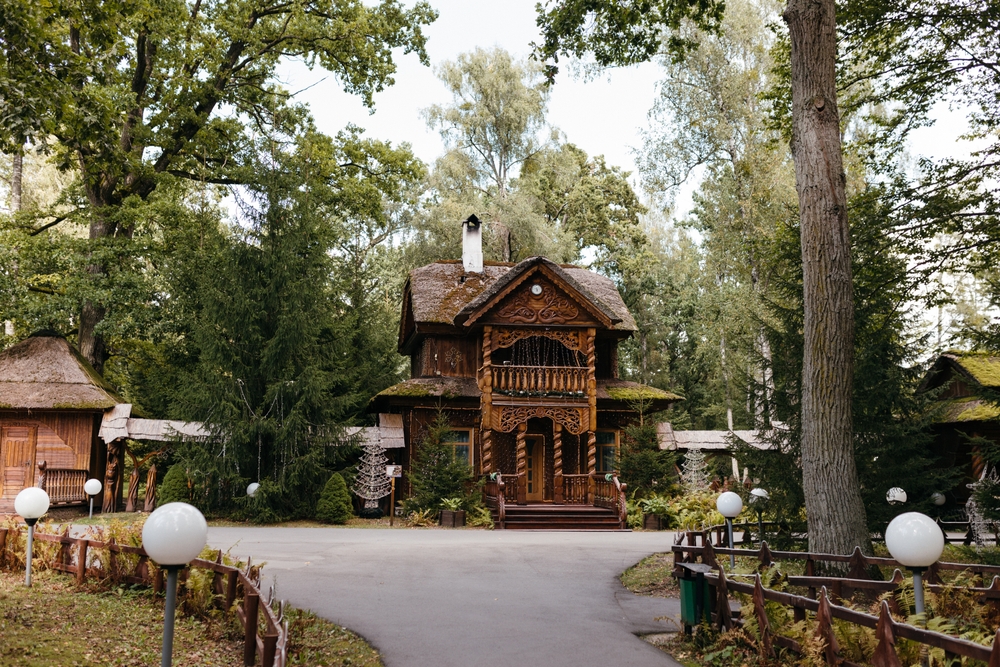Belovezhskaya Pushcha Overview
Belovezhskaya Pushcha National Park is located in western Belarus, near the border with Poland. It is part of the larger Belovezhskaya Forest, a UNESCO World Heritage Site, shared between Belarus and Poland. Covering an area of approximately 600 square miles (1,500 square kilometers), the park is one of the last and largest remnants of the primeval forests that once stretched across Europe. Established in 1932, it is Belarus’s most famous national park and a key conservation area.
The landscape of Belovezhskaya National Park is characterized by vast expanses of ancient forests, wetlands, and meadows. The park is predominantly flat, with a dense network of rivers, streams, and small lakes that create a lush environment. The forest is particularly famous for its old-growth trees, many of which are hundreds of years old, including towering oaks, spruces, and pines.
The vegetation in the park is incredibly diverse, with over 1,000 species of plants. The forested areas are dominated by oak, hornbeam, spruce, and pine trees, while the wetlands and meadows support a range of grasses, mosses, and wildflowers. The old-growth forest sections are especially important for preserving rare plant species and serve as a vital habitat for many types of fungi and lichens.
Belovezhskaya National Park is perhaps best known for its population of European bison, also called wisents, the largest land mammals in Europe. These bison roam freely within the park and are a symbol of the region’s successful conservation efforts. Other wildlife includes red deer, wild boar, wolves, and lynx, as well as a variety of bird species such as eagles, owls, and woodpeckers. The park’s rich biodiversity and ancient forests make it a critical area for wildlife conservation and an enchanting natural destination.
Park Map
Belovezhskaya Pushcha National Park Highlights
Engaging Belovezhskaya Pushcha
Related National Parks More Belarus
Sources
- Belarus (Gov), Belovezhskaya Pushcha, https://www.belarus.by/en/travel/belarus-life/belovezhskaya-pushcha, retrieved August 2024.
- Britannica, Belovezhskaya Forest, https://www.britannica.com/place/Belovezhskaya-Forest, retrieved August 2024.
- Official Site, Belovezhskaya Pushcha National Park, https://npbp.by/eng/, retrieved August 2024.
- Park Site, Belovezhskaya Pushcha, https://npbp.by/eng/about/, retrieved August 2024.
- Welcome to Belarus, Belovezhskaya Pushcha National Park, https://www.welcomebelarus.com/belarus/attractions/attractions-belarus/national-reserves/belovezhskaya_pushcha.html, retrieved August 2024.








































































